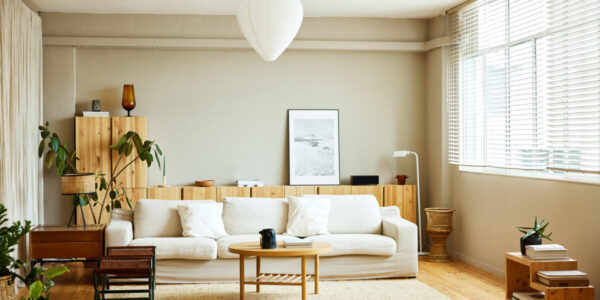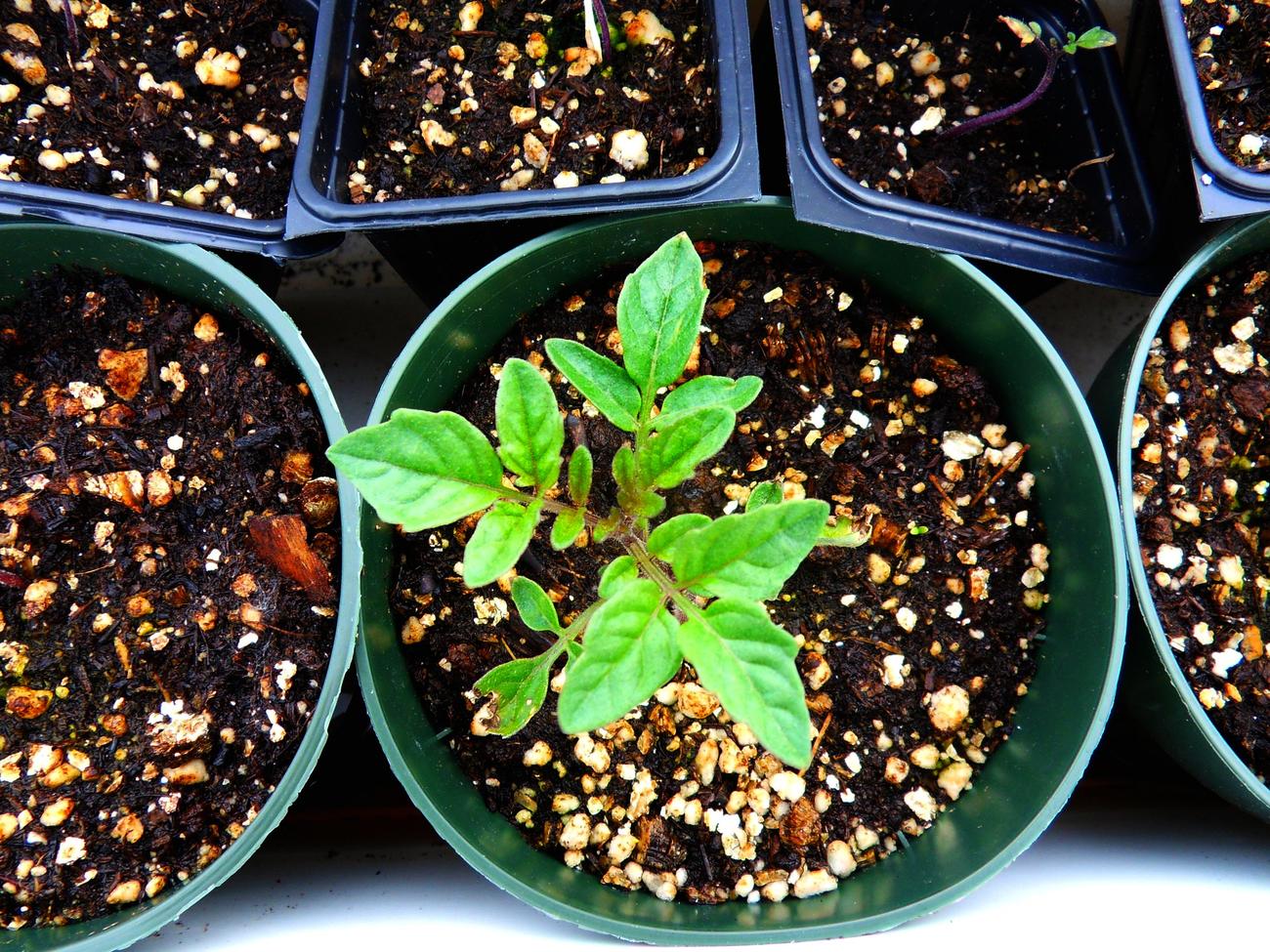
Sowing seeds in containers
Starting crops from seed is a satisfying and economical way to grow your own plants, flowers, and veggies. Here’s our getting-started guide

Thomas J. Story
Many plants are best raised from seed sown in containers. These include slow-growing perennials, plants with expensive or very fine seed, and warm-season vegetables and annuals that you want to start when the garden soil is still too cold and wet for in-ground planting.
SOWING SEEDS IN CONTAINERS
Many plants get off to a better start when sown in containers and transplanted to garden beds later in the season. These include slow-growing perennials, plants with expensive or very fine seed, and warm-season vegetables and annuals that you want to start when the garden soil is still too cold and wet for in-ground planting.
